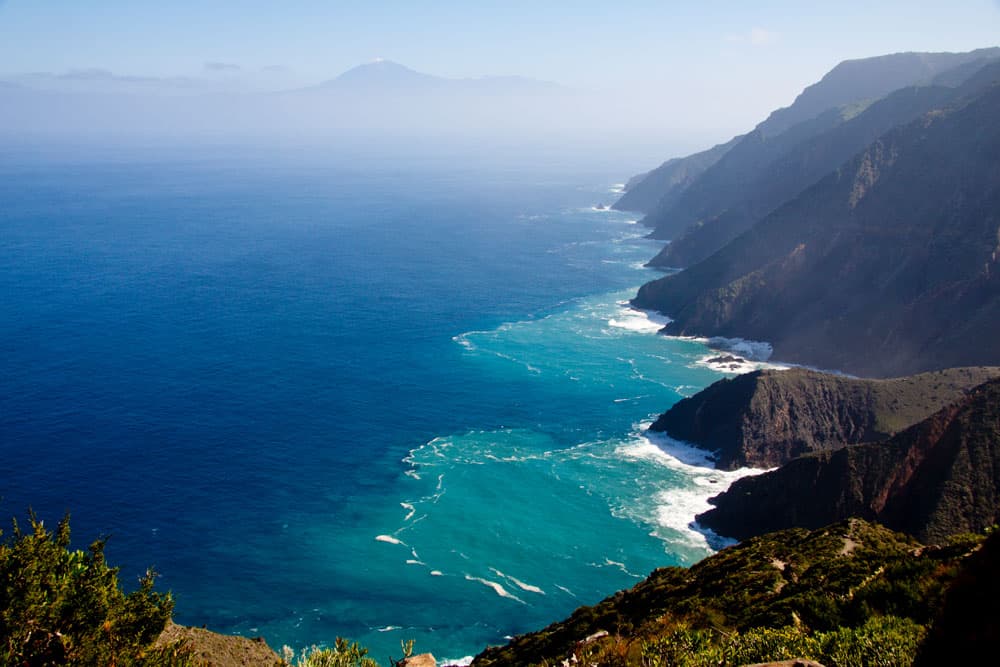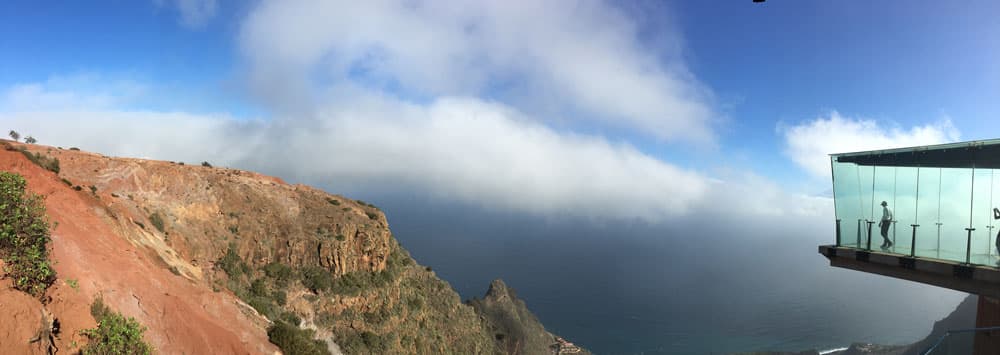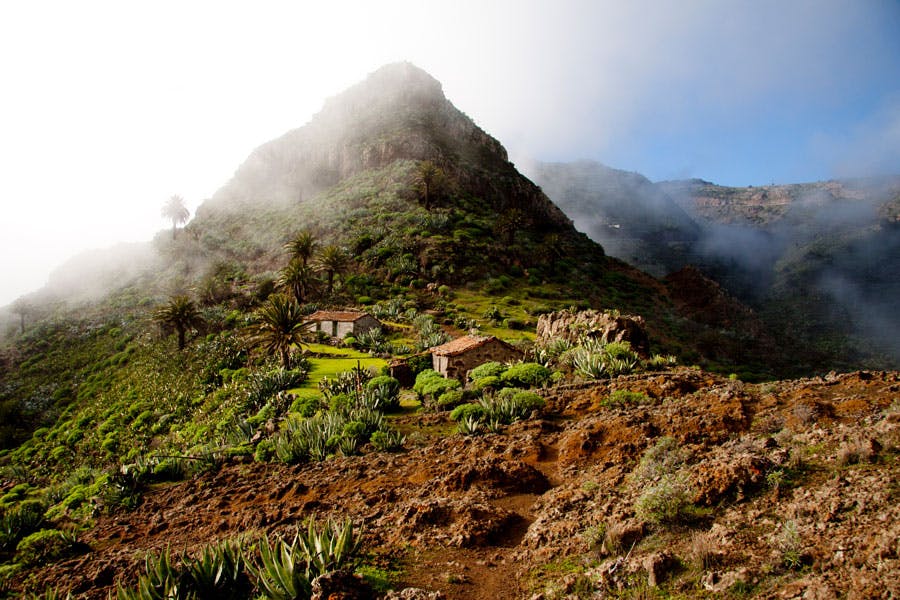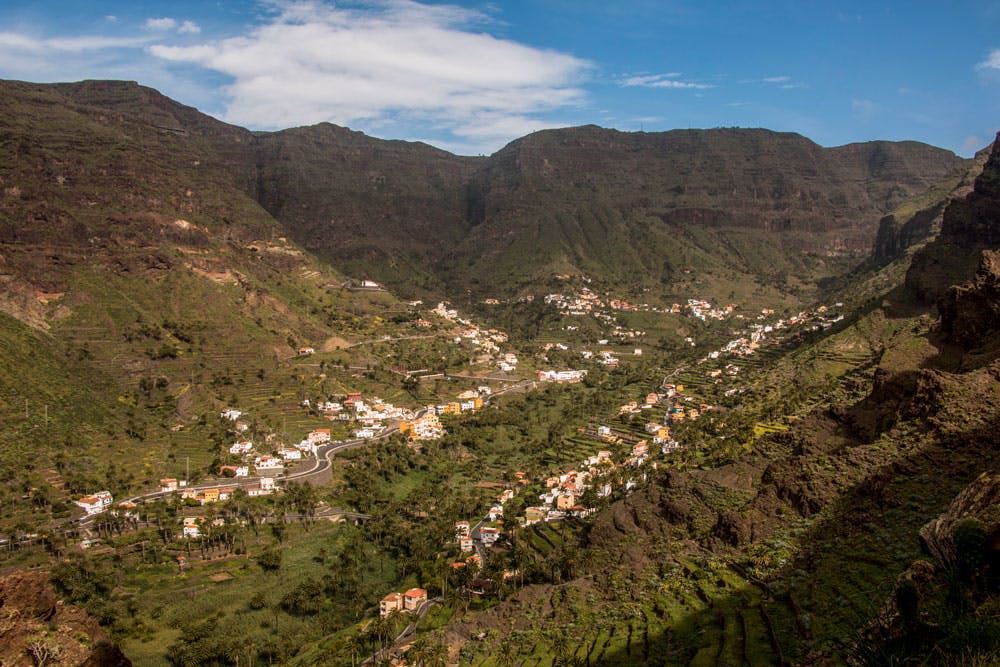La Gomera - the second smallest and "wild" Canary Island
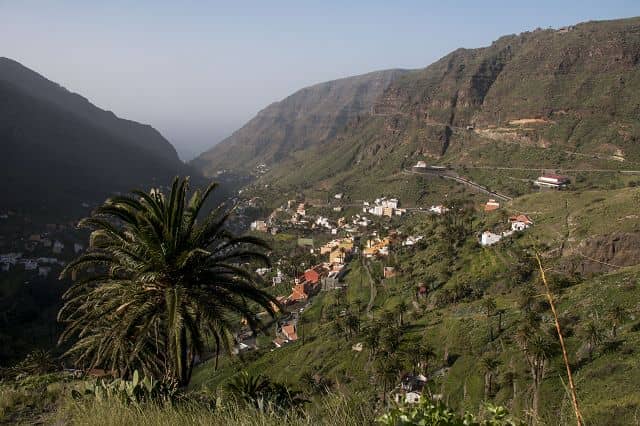
La Gomera Lomo de Balo
La Gomera in numbers
The island of La Gomera is about 1300 kilometres from Spain and 300 kilometres from Africa. There are about 22.000 inhabitants on an area of 369,76 km². The island belongs to the Spanish province Santa Cruz de Tenerife. The capital is San Sebastián de La Gomera. La Gomera has its own island council and is divided into six districts. The highest point of the island is the summit of Garajonay with its 1,487 meters.
Landscape, climate, vegetation
La Gomera, like all Canary Islands, is of volcanic origin. The last volcanic eruption took place about two million years ago. As on the neighbouring islands of Tenerife, El Hierro, La Palma and Gran Canaria, the climate is divided into a dry south and a cooler north. The north is rather fertile due to the humid air with which the trade winds supply it.
La Gomera has several vegetation zones like the mentioned neighbouring islands. Thus, there are also laurel forests and evergreen ferns in the north of the island from a height of 500 metres. In the middle of the island lies the largest still connected laurel forest of the earth. It belongs to the Garajonay National Park, which has been a UNESCO World Heritage Site since 1986. Large forest fires in the years 1984 and 2012 destroyed unfortunately also large parts of this national park. In the barren south of the island, however, various bushes and the Canary palm dominate.

La Gomera - Panorama San Sebastian
Economy and Transport
Potatoes, tomatoes, wine and bananas are grown on the small Canary Island. Today many of the former cultivated areas lie fallow, since a rural exodus took place since the 1960/70s. Traditional fishing is also of little importance due to overfishing. More and more people live on tourism on La Gomera. This started once very alternative and gentle. Today, cruise ships already call at the island.
The road network has been very well developed in recent years. Nevertheless there are hardly any coastal roads because of the numerous gorges. In order to get to a place, the middle of the island has to be reached first. Therefore individual connections can take some time.
History, tourism and the whistle language El Silbo
A special feature of La Gomera is the whistle language El Silbo. This only exists on the island. To communicate over mountains and valleys the natives of La Gomera already used the whistle language El Silbo. The UNESCO put the whistle language El Silbo1982 on the list of the world cultural estates which can be protected. And since 1999 it has again been taught as a compulsory subject in the schools of the island.
The Spanish conquered the island in 1404. The indigenous people, the Guanches, surrendered at first, but initiated numerous uprisings against the unfair treatment of the Spaniards. Christopher Columbus also made a stopover on La Gomera in 1492 on his journey to "India". The Valle Gran Rey (valley of the great king) became popular in the 60s and 70s, when more and more hippies and dropouts settled there. Today, the villages on the once tranquil lonely beach have grown extremely large and are dominated by business and apartment buildings. But even if the famous Valle Gran Rey is no longer a hippie slave, individual tourism still dominates.
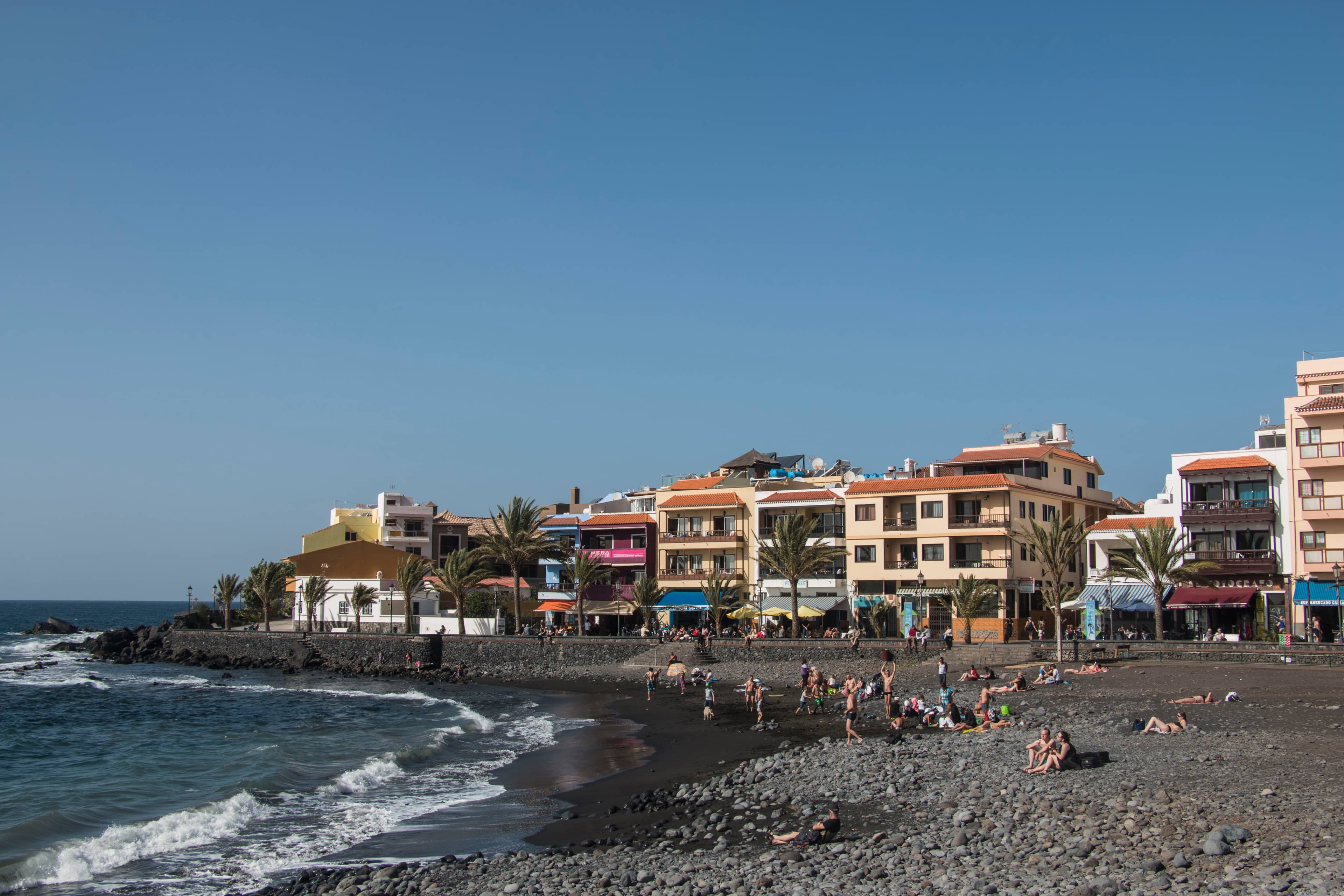
La Gomera - Valle Gran Rey - La Playa
Hiking on La Gomera
The second smallest Canary Island is often referred to as the wildest island in the Canary Islands. The reason is that on the small island with the 1.487 meter high peak Garajonay, approximately 50 steep canyons drop down to the sea. This is really a jagged and fascinating landscape that offers impressive hiking experiences at every corner. Hiking is therefore possible from the coast to the top of Garajonay.
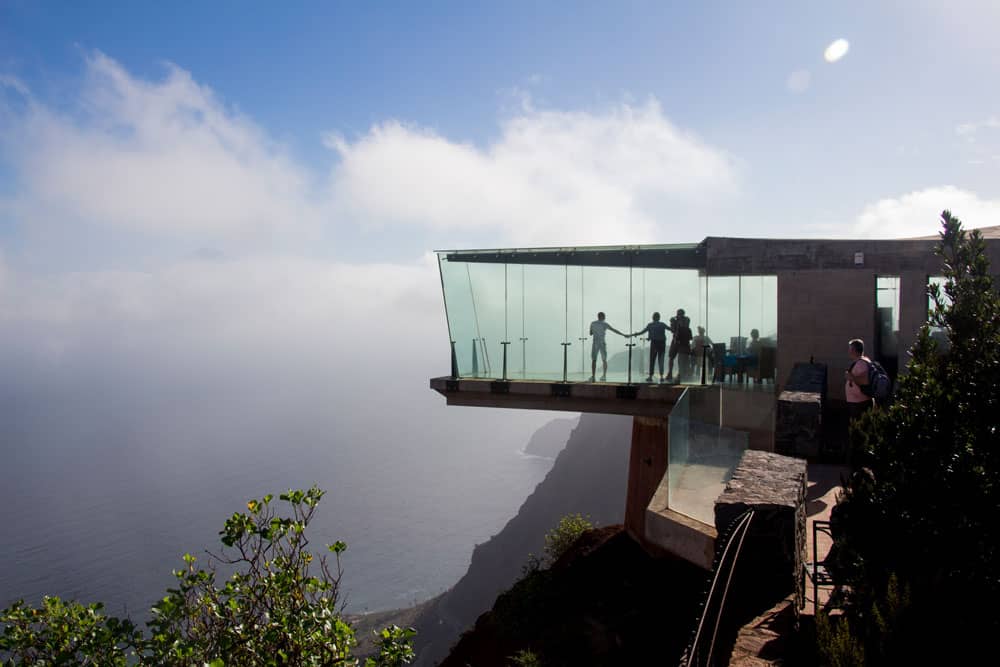
La Gomera - Mirador Abrante
A relatively new special attraction is the steep face of Agulo. There you can hike up to the glass Skywalk. But also a big round about the mountain ranges in the green Valle Gran Rey is always a unique experience. But for this you need a bit of stamina. One of my favourite hikes on La Gomera is the big round tour over rugged mountain ranges down to Playa El Cabrito and on the other side of the Barranco back over abandoned villages to Degollada de Peraza.
As on the other Canary Islands, La Gomera also has long-distance hiking trails that run all over the island. There are the GR-131 (the mountain ranges) and GR-132 (the island itinerary).
When you come to La Gomera for a walk, you will surely be impressed by the wildness of the landscape and the tranquillity.
